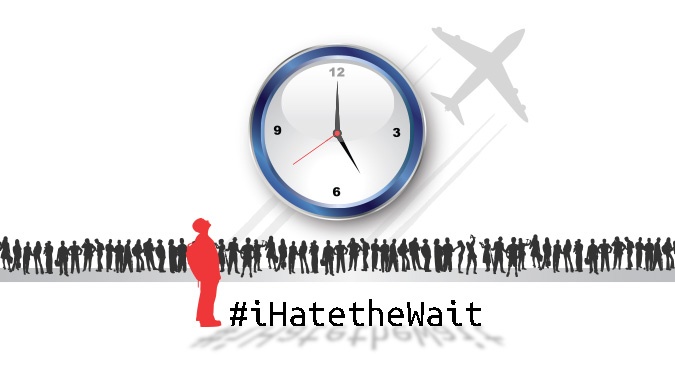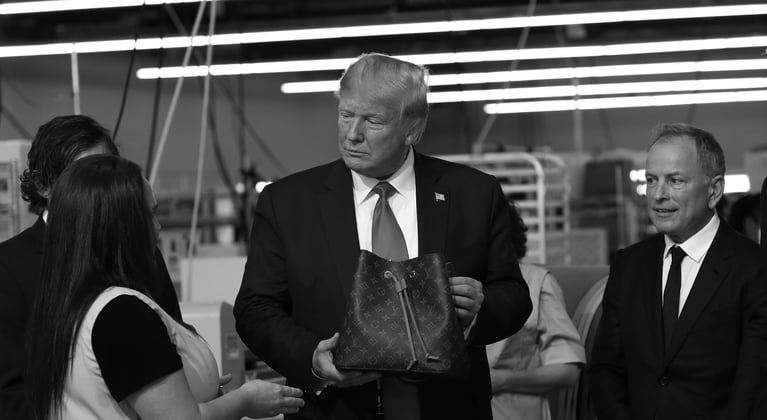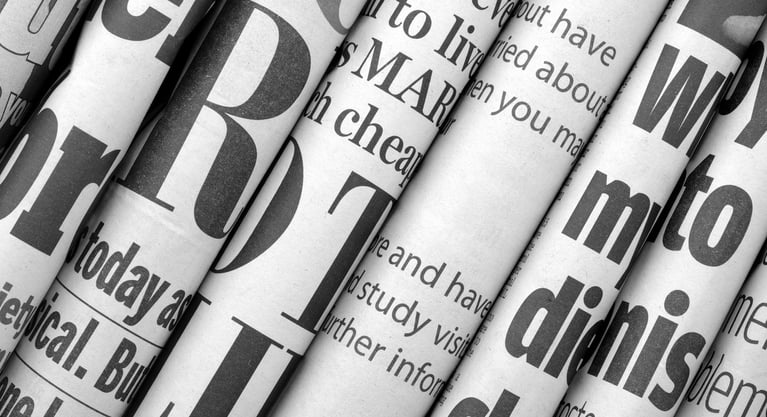Airlines & PR: What ‘Shorter Security Lines' Say About the Value of Media Relations
Jun 09, 2016 / By Vanessa Horwell
This article originally appeared on as a Thought Leader guest post from ThinkInk CEO, Vanessa Horwell, on Bulldog Reporter.
If you traveled over the recent holiday weekend, some helping hands may have contributed to getting you through TSA a little faster than last year: In advance of a potentially record-breaking year for summer travel, Bloomberg reported that U.S. airlines and airports were spending as much as $4 million each on extra workers to help keep security lines moving smoothly at their busiest airports.
Unsurprisingly, the news of airlines’ extra “assistance” at security broke in Bloomberg on May 25th – two days before the busy season kicked off, and three days after headline-grabbing reports of more than 450+ passengers getting stranded overnight across the country thanks to hours-long TSA wait times.
As a PR executive, I can smell a well-embargoed, storyline-driven article when I see one. The Bloomberg piece – peppered as it is with quotes from airline executives about their “concern” for passengers’ experiences and their “all hands on deck” approach at the holiday-weekend security line – is a case study in the value a smart media relations strategy can provide to airlines and B2B companies of all sizes. Here are a few reasons this particular PR effort so effectively hit the mark.
Airlines & Airports Can Only Do So Much
Long TSA lines aren’t just an inconvenience at this point – they’re a verifiably huge problem. But that doesn’t make them airlines’ (or airports’) fault. Passenger numbers are reaching new heights in the U.S., forecasted to rise to a record 231.1. million this summer. And yet, the TSA has cut its airport screener staff by 10 percent over the last three years.
Resolving the problem of long lines, at a fundamental level, is the TSA’s responsibility (as an airline consultant noted in the Bloomberg story). Airlines and airports know that, of course, as do most individuals who are highly engaged with the travel industry. But not all Memorial Day travelers are “highly engaged.”
If infrequent travelers miss their Memorial Day getaways due to security-line issues, they’re just as likely to be angry with an airline carrier or airport as they are to be miffed at TSA. To travelers, it’s all just part of the overall air-travel experience.
In a crowded travel marketing landscape, airlines care more about the customer experience than ever – and they want travelers to know that, especially when it comes to TSA lines – yet they only have so many avenues to communicate their concern to customers. One of those avenues: Going on the record to say that your airlines is focused on “everything we can do to help our customers make their flights on time” (as Southwest Chief Executive Officer Gary Kelly did in Bloomberg) and hoping travelers hear you.
The Media Stamp Makes an Impact
Of course, a common dig against PR in 2016 is that communicating a message through the media is not as effective as it used to be. Now that brands can communicate directly to their customers using social media, content marketing, and direct-to-consumer (D2C) messaging strategies, some mistakenly believe that media relations has only middling value.
But that line of thinking treats PR efforts and D2C initiatives as “either-or” options. In reality, media relations is arguably the best complement to any consumer-focused campaign or strategy.
For example, the travel industry trade group Airlines for America (A4A) recently launched an integrated marketing campaign asking fliers to take pictures of long security lines and post them on social media with the hashtag: #iHatetheWait.
Ostensibly, the aim of the initiative was to give travelers a way to help other passengers prepare for wait times (by tweeting out the airport name along with the picture and hashtag) and to put pressure on the TSA to rectify the issue. In reality, the trade group certainly had ancillary goals in mind – such as distancing its airline brand members from any TSA travesties by treating long lines as an “us versus them” collective action problem.
A quick scroll of the #iHatetheWait feed on Twitter will show you how successful A4A was at driving traveler engagement (and the TSA Pre-Check ad at the bottom of iHatetheWait.com shows there may have been a little more back-end collaboration between the two organizations than an “us versus them” ethos would typically communicate). But A4A’s winning iHatetheWait strategy hasn’t stopped the group from using the media as a megaphone to further broaden its message with beneficial coverage from CNNMoney, USA Today, NPR, and others.
Because ultimately, all media coverage makes a difference when it comes to consumers’ perception of a brand. A third-party report about how a group of companies is helping its collective customer base would be beneficial to any business; for carriers facing down high consumer expectations (and declining brand perceptions), a Bloomberg headline reading “Airlines Spend Millions in Bid to Cut Lines in Record Summer” creates untold valuewell beyond the holiday weekend. A smart PR strategy (and agency partner) is the key to winning that value and hitting the right media mark with every customer-focused initiative.
Vanessa Horwell is Chief Strategy Officer of ThinkInk, a specialist agency serving companies across the advertising, airline, loyalty, mobile, payments, and travel sectors.
Sign up for our insights on the convergence of business and PR





